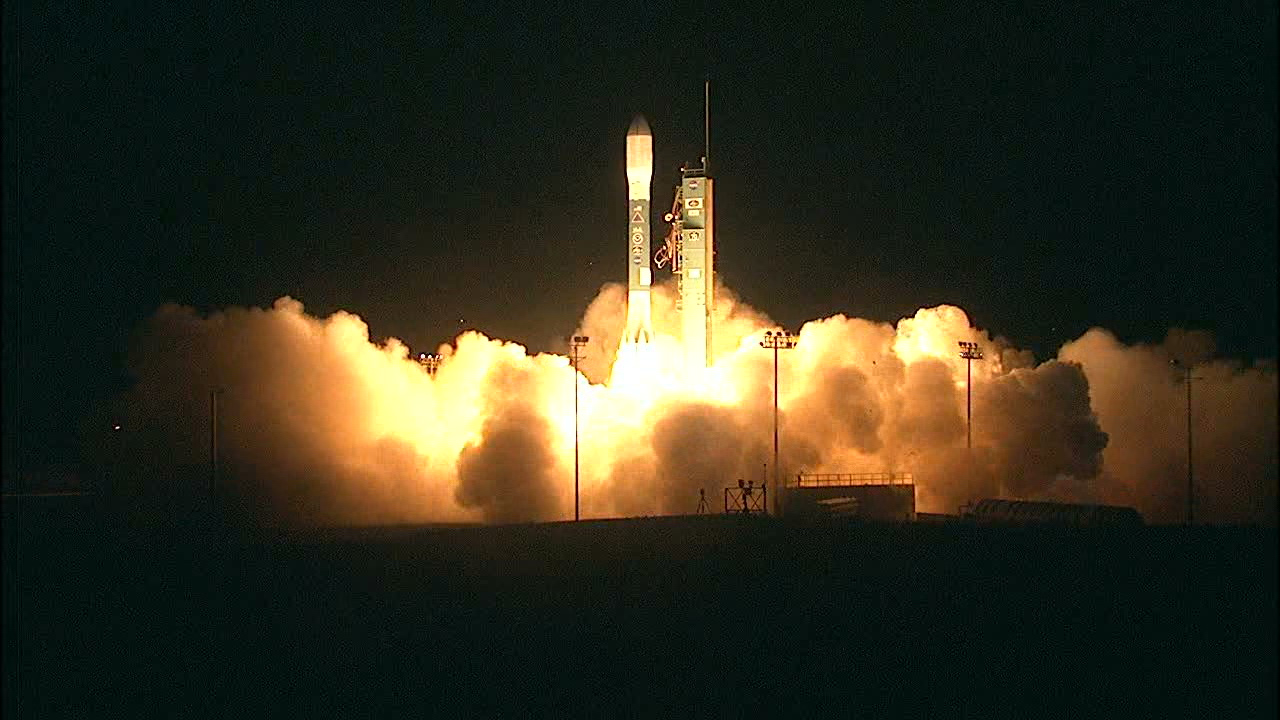A state-of-the-art weather satellite has finally made it to space early Saturday, after suffering several setbacks and delays.
The workhorse Delta 2 rocket finally launched from the Vandenberg Air Force Base, California carrying $1.6 billion technology, the first of four satellites designed to beam back more accurate and reliable weather forecasting for the next 20 years, CBS News reports.
It took three tries for the 128-foot-tall Delta 2 to shoot into the overnight sky. Weighing half a million pounds, the craft had six solid-fuel strap-on boosters that fell away as expected, followed by three more that burned up in flight. The first-stage RS-27A engine broke apart after two minutes and the flight continued on the rocket’s AJ10 second-stage engine.
The 521-mile-high trip was completed, with the Joint Polar Satellite System 1 weather station in place to monitor the Earth. Along with sending the JPSS 1 into orbit, the Delta 2 second-stage likewise carried five small “cubesat” science and technology demonstration satellites into space.
Built by Ball Aerospace, the satellite is one of four in a program of the National Oceanic and Atmospheric Administration (NOAA) costing $11.3 billion. The new satellites will work with the Geostationary Operational Environmental Satellites that provide hemispheric views from 22,300 miles above the equator.
Steve Volz, director of Satellite and Information Services for NOAA, said,
NOAA’s mission as an operational agency is to be the trusted deliverer of Earth observations without interruption.
He added, “Many of the national infrastructure elements … rely on knowing the weather forecasts will be there every day, every six hours, without interruption. So The main contribution this satellite provides … is we will have a primary and a spare satellite. We won’t be at the risk of a single failure taking out a major contribution of our weather forecasting.”
Louis W. Uccellini, director of the National Weather Service, said, “The forecasting that you’ve seen are impossible without robust, high-quality global measurements of the atmosphere required to initialize our numerical weather prediction systems.”
























